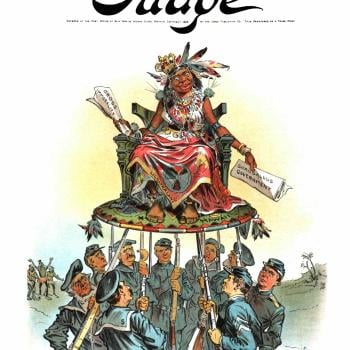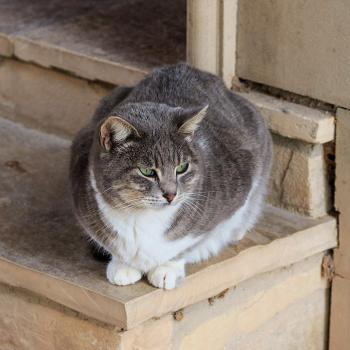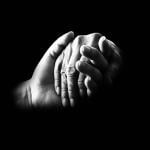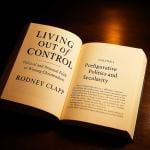I was the only kid I knew whose family packed an accordion to go to the amusement park.
It happened once a year. My ordinary life was passed in upstate New York, but summers included at least one visit to my grandparents in Pittsburgh. Pittsburgh in a 1970s summer: hot, grimy, noisy, stirring. Pittsburgh, a city full of tribes that migrated there through the nineteenth century to work its mills and mines, scrap with each other, make homes, and eventually turn deadly hostility—for the most part–into a kind of good-natured rivalry exhibited in ethnic menus and folk dances.
Our summer in Pittsburgh would include a trip to Kennywood Park, replete with standard amusement-park thrills, like speeding over the rickety Jack Rabbit and milling with throngs through games and greasy food and clamor. Tempting as they were, park snacks—paper boats of fries, cotton candy, hot dogs on sticks—were unavailable to us, since we would be fed later in the day at one of the pavilions where my grandparents’ crowd spent the day.
What a waste it seemed to my childhood head that my own relatives would pass the whole day there without going on a single ride. But they had come for Slovak Day. Slovak Day, one of Kennywood’s numerous Nationality Days, kept the Old World alive in the New. The (holi)day started with a Mass, concelebrated by Slovak priests. Thereafter the crowd would play music, dance polkas, eat and eat more. Women brought roaster pans full of stuffed cabbage, noodles, pirohi, and sausage. Nuns from area convents attended too. We children stopped by from time to time, mostly to eat or beg money for more tickets or show parents that we were still alive.
For the adults, though, making merry over songs sung in a strange land was the point for a people with fierce national pride but little by way of bragging rights in either old country or new. About a half-million Slovaks made their way to the United States in the late nineteenth and early twentieth centuries, flocking to New Jersey, New York, Pittsburgh, Ohio, Illinois, getting factory jobs to survive but dreaming of a farm. They escaped want and disadvantage in the Austro-Hungarian empire, ambitious in appropriate nineteenth-century fashion of their having their own independent nation-state. After World War I fragments of the old empire were patched together as Czechoslovakia; during World War II, Slovakia gained brief “independence” courtesy of Nazi Germany. It was once again joined with Czech neighbors after Yalta and dragged into the Soviet orbit. Meanwhile Slovaks in the United States were conscious afresh of what they had escaped. Czechoslovakia shared the fate of its Eastern Bloc neighbors until the world changed in 1989. Slovakia became an independent country in 1993 and joined the EU in 2004.
An unassuming, pushed-around people, as its EU country profile reflects:
Perched on many hilltops are fortifications that bear witness to Slovakia’s long history of invasions. Bratislava, the coronation place for the kings of Hungary in the past, has a rich heritage of medieval and baroque architecture. Traditional meals include potato dumplings with sheep’s cheese and cabbage soup with sausages.
But pride ran high in the Kennywood pavilion. I heard often that Slovak was the world’s most beautiful language. That Slovaks helped build industrial America. Occasionally Andy Warhol got a favorable mention. Before they had an independent state, Slovaks in America leagued together in brotherhood in unions, labor and otherwise. Union came through religion too. There are Slovak Lutherans in the United States, but most I knew were Roman Catholic. The First Catholic Slovak Union, or Jednota, was formed in Ohio in 1890 primarily for insurance, but also helped widows and orphans, funded scholarships, circulated a bilingual newspaper, and upheld a kind of spirited cultural advocacy. Jednota’s banner could have been raised over Slovak Day: for God and Nation.
Peculiar as it seemed to me then, there is nothing strange about situating a blessed cabbage-and-polka fest amidst rollercoasters and coconut shies. The festival just uses the infrastructure of American park to stage a carnival from Christian Europe, a blend of religion and folk culture and play.
Slovak Day has just passed this year—last Thursday, July 17—but many similar events remain on the calendar of what Kennywood calls “Nationality and Community Days.” There are generic Asian and Hispanic Days, but Eastern Europeans occupy many of the special slots (Polish Day, Croatian Day, Slovene Day, etc.) on top of the Catholic Day and Lutheran Days already on for July.












